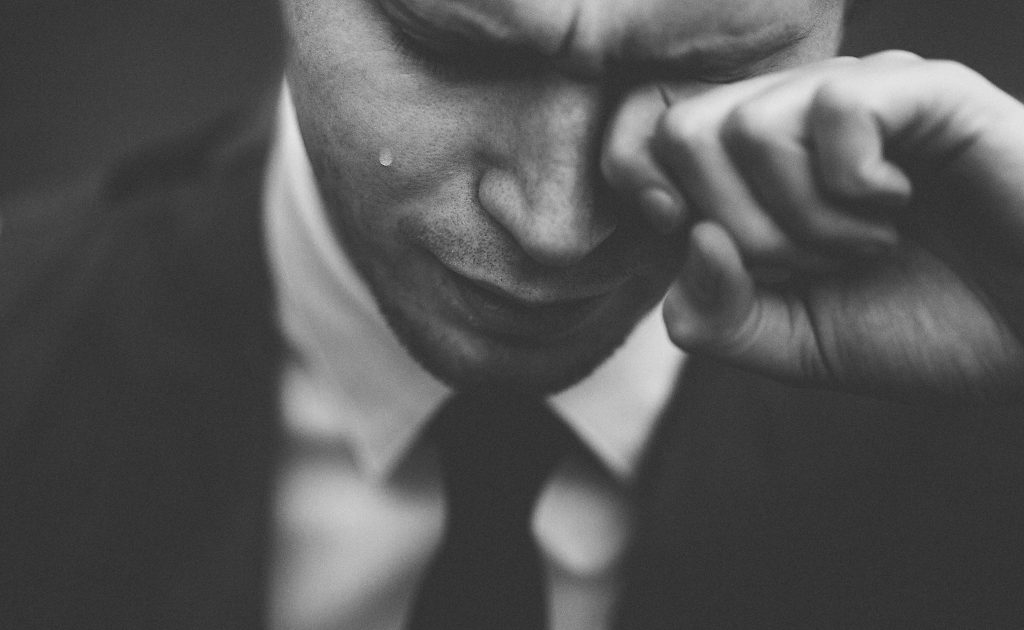
Trauma happens to many of us and can occur at different stages of our life through either direct experience or witnessing and event. Whilst trauma and PTSD go hand-in-hand, not all traumatic events will progress to PTSD, but to be diagnosed with PTSD, a person must have experienced some kind of traumatic event.
What is the difference between PTSD and a normal response to trauma?
The primary difference between trauma and PTSD is the not in the severity of the event or trauma but the severity and length of the symptoms. Following a traumatic event, the mind and the body are in shock and almost everyone experiences at least some of the symptoms of PTSD such as bad dreams, feeling fearful and anxious and constant throughs about the traumatic event. These are normal reactions to abnormal events and for most people the symptoms will run their course and normal life will resume. This can take some weeks but eventually the symptoms will decrease as you make sense of what happened and process your emotions and begin to feel a sense of normality.
The difference with PTSD is that the symptoms don’t decrease and people will feel worse.
>>Click Here to Call Roly Today for Free Advice on How To Handle Your Stress and Anxiety<<
What types of traumatic events result in PTSD?
Anyone can suffer from PTSD and some of the events are as follows:
War, terrorism, rape, natural disasters, motor vehicle accidents, physical and sexual assault, plane crashes, terrorist attacks, sudden death of a loved one, kidnapping, childhood neglect etc.
Not everyone with PTSD has been through a dangerous or life-threatening event. It is possible to develop PTSD after a friend or family member experiences danger or dies suddenly or witnessing a traumatic event or accident or natural disaster.
What are the symptoms of PTSD?
The symptoms of PTSD occurs a survivor of trauma fails to return to normal and stress reactions get worse over time. Sufferers of PTSD will often, relive the experience through nightmares and flashbacks, they will have trouble sleeping, may feel detached or estranged from life and family. These symptoms can significantly impair the person’s daily life and can also be marked by clear biological changes as well as psychological symptoms. Sometimes the symptoms can take weeks, months, or even years before they appear.
While everyone experiences PTSD differently the symptoms present in 3 different ways:
1. Re-experiencing symptoms
The first set of symptoms involves reliving the trauma, feeling overcome when confronted with a traumatic reminder, flashbacks, nightmares as well as intense physical reactions to reminders of the event (e.g. pounding heart, rapid breathing, nausea, muscle tension, sweating)
2. Avoidance and numbing symptoms
The second set of symptoms involves avoiding activities, places, thoughts, or feelings that remind you of the trauma as well as lack of interest in activities and life, isolating from other people, or feeling emotionally numb
3. Arousal symptoms
The third set of symptoms includes things such as feeling on guard, irritable, being easily startled, hypervigilant, and difficulty concentrating. In addition to the symptoms outlined, sufferers of PTSD can often develop additional conditions such as depression, feeling alienated and alone, substance abuse, anger, guilt – shame or self-blame, suicidal thoughts, cognition problems, physical aches and pains, addictions, breakdowns in family life, divorce, social life, occupational instability, and difficulties in parenting
Symptoms of PTSD in children and adolescents
In children, the symptoms of PTSD can present differently to adults and manifest as extreme fear at being separated from a parent, bed-wetting, sleep problems and nightmares, acting out aspects of the trauma, fear of monsters, irritability and aggression
Whilst PTSD and the effects of trauma can feel debilitating and unfixable, it is possible to get relief and even permanent reversal of the conditions through a new revolutionary process called the Richard’s Process. This process, hailed as the Master-Program, goes deep into the sub-conscious going back to the various incidences and situations throughout the subject’s life clearing all negative blocks and traumas. After just 3 sessions, you will feel immediate results feeling freer, with confidence in a brighter, peaceful, trauma free future.
You can be free of trauma and PTSD – imagine how your life would be, with a new sense of calm and a radiant future.
CALL Roland now to know more about the revolutionary Richard’s Process, and how it can help you change your life
Disclaimer:
Information in this article is for educational purpose only, and should not be used in place of medical advice. Please consult your doctor if you are concerned about your health, mental and emotional well-being.

